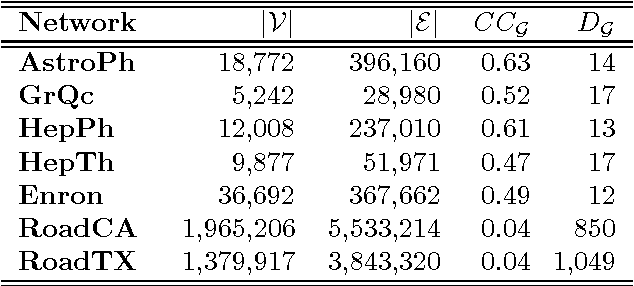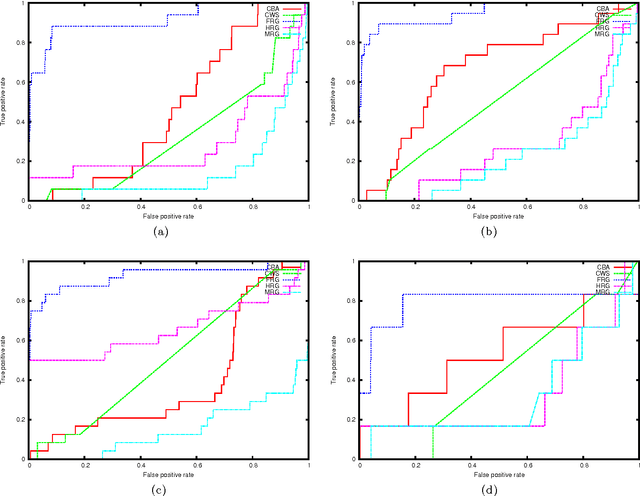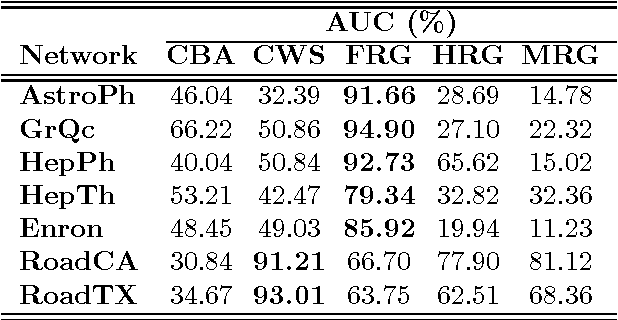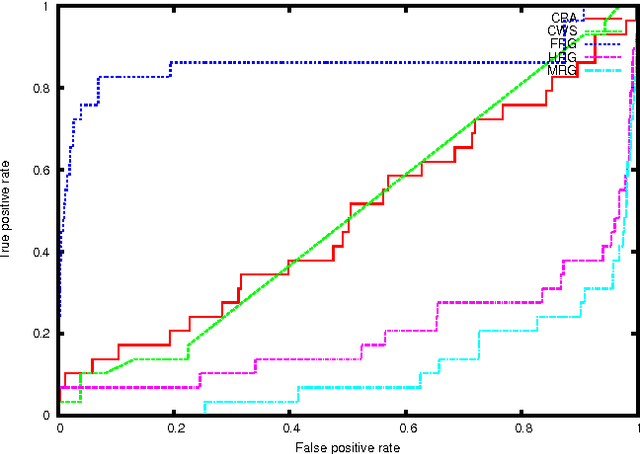Spectral Estimation of Conditional Random Graph Models for Large-Scale Network Data
Paper and Code
Oct 16, 2012



Generative models for graphs have been typically committed to strong prior assumptions concerning the form of the modeled distributions. Moreover, the vast majority of currently available models are either only suitable for characterizing some particular network properties (such as degree distribution or clustering coefficient), or they are aimed at estimating joint probability distributions, which is often intractable in large-scale networks. In this paper, we first propose a novel network statistic, based on the Laplacian spectrum of graphs, which allows to dispense with any parametric assumption concerning the modeled network properties. Second, we use the defined statistic to develop the Fiedler random graph model, switching the focus from the estimation of joint probability distributions to a more tractable conditional estimation setting. After analyzing the dependence structure characterizing Fiedler random graphs, we evaluate them experimentally in edge prediction over several real-world networks, showing that they allow to reach a much higher prediction accuracy than various alternative statistical models.
 Add to Chrome
Add to Chrome Add to Firefox
Add to Firefox Add to Edge
Add to Edge